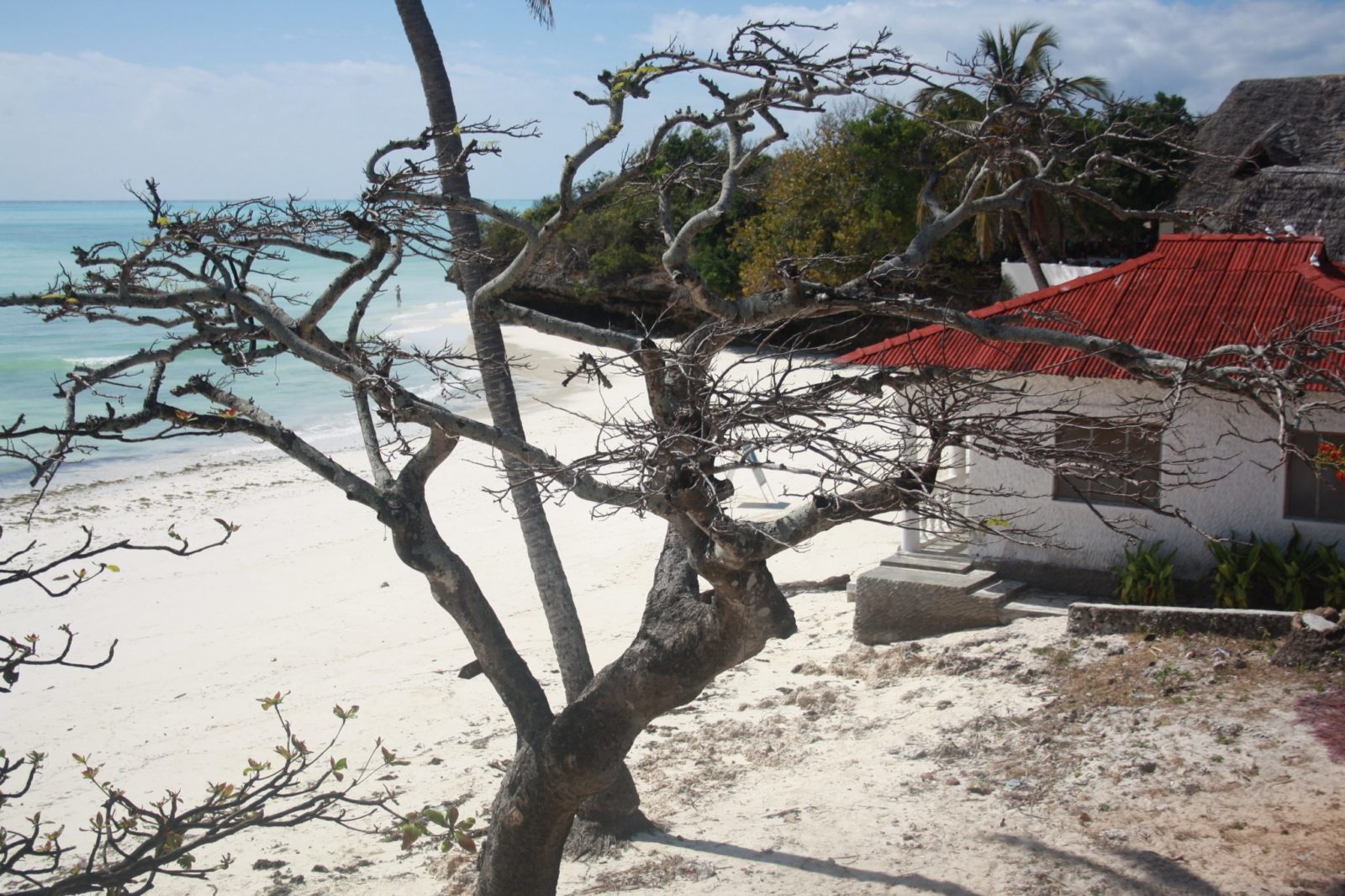There is a difference between travellers and tourists; a difference between a trip and journey.
If you fall into the latter category in both instances, then perhaps a jaunt to Jambiani in Zanzibar is worth considering. In three-and-a-half hours, direct bi-weekly flights (if traveling out of Johannesburg in South Africa to Zanzibar) transport the intrepid and the intrigued to another world distinctly different from the metropolis you have left behind. From the shopping malls and high rises of the city of gold heading northeast to six degrees south of the equator and, to some extent, back in time, you arrive in the spice islands of Zanzibar.
For most, the first impressions are that of the old-world Stone Town, a UNESCO World heritage site in Zanzibar city, where one loses oneself in excitingly-confusing narrow streets filled with vendors bent on selling you everything from cashew nuts and badly-recorded CDs of local music to local art and craft (the best of these being the wood works). You will find no malls here, no fast food franchises and very little to remind that you are actually in the 21st century. You become aware that almost every structure is made of coral stone featuring elaborate wooden doors, for which Zanzibar is particularly famous, guarding mysterious and rich cultural heritage within the walls.

It is now time to head east, crossing the island, toward Jambiani where the melting pot of Arabic, British, Persian, Portuguese and other previous colonial influences give way to real rural Africa. Within an hour ($50 by road in a sedan), you arrive in Jambiani, the village that snakes its way for 10 kilometers up the southeast coast of the island. Leaving the only tar road and arriving in the village via bumpy dirt roads laden with goats and chickens, you are struck by two things. First, the mesmerizing colors of the ocean lightly covering the immense sandbar and, second, the village itself, which is beyond modest and a stark reminder of the fact you are now in one of the poorest parts of the planet.
This can be disconcerting at first, until you notice the smiles, the almost euphoric shouts of jambo (hello) from the children and the genuinely-welcoming demeanor of the people. Jambiani is different from other parts of Zanzibar in that virtually all the hotels are owned by locals, and where there are foreign-run properties, these are almost always in association with the natives either as landlords or equal partners. It is the latter that’s most appealing for travelers looking to support the local community but wanting a level of service and facilities that may be not be present in purely local accommodations.
The three-star Coral Rock Hotel here is roughly $100 per night, and offers the facilities (like Wi-Fi) and services one expects. It’s sandwiched between the ever-changing tides and colors of the Indian Ocean on the one side and the quaint working village of Jambiani on the other.
Whilst the villagers work the beach, ocean and sandbar, you will most likely be spending your time sunbathing, exploring, snorkeling, diving, kitesurfing, kayaking or eating fresh seafood and fruits. The food is enjoyable and the atmosphere relaxing whilst the climate seems to constantly stay sunny and between 28-32 degrees Celsius.

No need for high heels and formal attire, they are wasted here. Just remember to cover up the bikinis whilst walking in the village or when walking past a mosque. The prime activity and raison d’etre is relaxation. A week here seems like the antidote to the fast-paced rat race in the city. It’s a place where you feel safe and can get away from it all.
